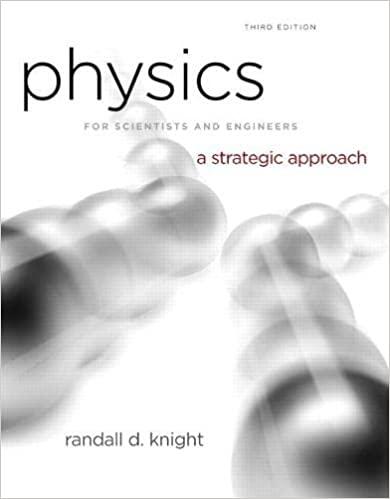Question
A force of 30 N stretches a very light ideal spring 0.73 m from equilibrium. What is the force constant (spring constant) of the spring?
A force of 30 N stretches a very light ideal spring 0.73 m from equilibrium. What is the force constant (spring constant) of the spring? *
41 N/m
22 N/m
34 N/m
46 N/m
A pair of trapeze performers at the circus is swinging from ropes attached to a large elevated platform. Suppose that the performers can be treated as a simple pendulum with a length of 16 m. Determine the period for one complete back and forth cycle. *
2 sec
12 sec
8 sec
10 sec
A pendulum is 0.75 meters long and has a period of 4.17 seconds. The Pendulum is on an unknown planet. What is the gravity of the Unknown Planet? *
9.8
3.4
1.7
Greater than 9.8
If the length of a simple pendulum is doubled, its period will: *
halve
increase by a factor of sqrt(2)
decrease by a factor of sqrt(2)
double
1. Two mass-spring systems vibrate with SHM. If the spring constants are equal and the mass of one system is twice of the other , which system has a greater period?
2. Which of these periodic motion motions are SHM ?
a. A child swinging on a playground swing ( angle = 45 degree)
b. A CD rotating in a player
c. An oscillation clock pendulum ( angle= 10 degree)
3. a) A slingshot consists of a light leather cup attached between two rubber bands. If it takes a force of 32 N to stretch the bands 1.2 cm, what is the equivalent spring constant of the rubber bands? How much force is required to pull the cup of the slingshot 3.0 cm from the equilibrium position?
4.
A1.0kgmassonaspringisstretchedandreleased.Theperiodofoscillationismeasuredto be 0.46 s. What is the spring constant?
5. What would be the period of a pendulum that is 1.0 m long?
6. Imagine you could travel to the moon where the acceleration due to gravity is 1.6 m/s2. What would be the period of a pendulum that is 1.0 m?
7. The drawing shows the harmonic motion of a mass on a spring at the extremes of its motion. The middle drawing shows the midpoint of travel. Indicate on the drawing (a) the points of greatest and least velocity, (b) the points of greatest and least acceleration, (c) the points of greatest and least potential E and kinetic E.

Step by Step Solution
There are 3 Steps involved in it
Step: 1

Get Instant Access to Expert-Tailored Solutions
See step-by-step solutions with expert insights and AI powered tools for academic success
Step: 2

Step: 3

Ace Your Homework with AI
Get the answers you need in no time with our AI-driven, step-by-step assistance
Get Started


